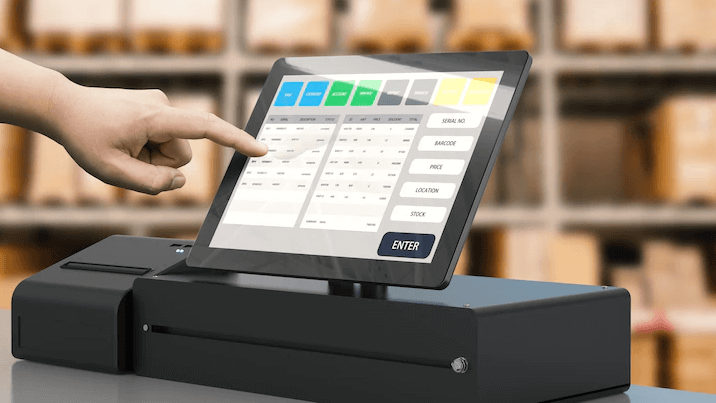The tools that power the retail and service sector are changing. The current POS system is at the heart of this transformation. It’s a combination of hardware and sytems that transcend cash registers receipts and other basic features. The point of sale is not only about collecting payment. The customer experience at the point of sale nowadays is about operational intelligence as well as customer insight. It is also about seamless integration of all aspects of your company.
The Heart of POS Software: Beyond Transactions
While a standard setup might be sufficient, POS software can act as an overall command. It tracks inventory when it’s sold, updates stock levels, and sends alerts when products are at a low point. It monitors sales history and preferences. Each transaction is turned into useful data that can be used in future purchases and decisions in marketing.
One of the most under-appreciated advantages of a high-quality POS system is its ability to link dots across different departments. Instead of coordinating payroll separately, for example, some software systems offer a time-clock feature that directly informs employee scheduling and wage calculations. The result is a simpler workflow, with less administrative stress.

For businesses with both physically and online presence today’s POS software comes with vital features for syncing. Products displayed in stores will reflect online inventory at any time. This will prevent double-selling and inventory not matching. As trends in shopping shift to hybrid buying where customers might browse online and then purchase items in stores, this integrated approach becomes indispensable.
Why integration is more crucial than ever
Integration is where today’s POS point of sale system really shines. The days of trying to manage multiple tools that can’t “talk” to one another. A robust POS platform is defined by its ability to link sales, inventory management, staff management and accounting.
Be aware of the experience customers have. One scan at the cash register can show a customer s loyalty points and apply discounts. Additionally, it will provide them with an electronic receipt. The same transaction can also update revenue totals, inventory availability and daily reports on the backend. This allows for a more personal shopping experience, while reducing any manual inputs and the possibility of errors.
This kind of information can be extremely beneficial to executives and business owners. With precise, real-time information accessible at all times, they can react faster to trends in demand and adapt pricing strategies and ensure their team is properly staffed at peak times.
A monetary investment that pays off over the long-term
It’s not surprising that growing numbers of enterprises are investing in POS systems. They provide tangible results. Not only in speed or accuracy, but because they facilitate intelligent decision-making, and long-term growth. It doesn’t matter if you’re running a one-location cafe or a rapidly growing chain of retailers, a properly-designed POS point of sale system can help improve efficiency and identify patterns you could have missed.
In addition, due to the increase in expectations of consumers that a modern point of sale setup is an essential but unnoticed part of the customer experience. Quick checkouts, accurate information on inventory and payments are becoming common requirements. Businesses that deliver on these points build stronger trust and can earn frequent visits.
Final Thoughts
A modern POS system is more than just a cash-out instrument, it’s a bridge between your company, its products, and your customer. The right point of sale POS software helps you understand your business on a deeper level, offering clarity in decision-making and efficiency in execution.
In a highly competitive market getting ahead of the competition means staying informed, agile and focused on your customers. You’re not just selling, but also creating something that lasts through a clever integrated POS point-of sale system.



